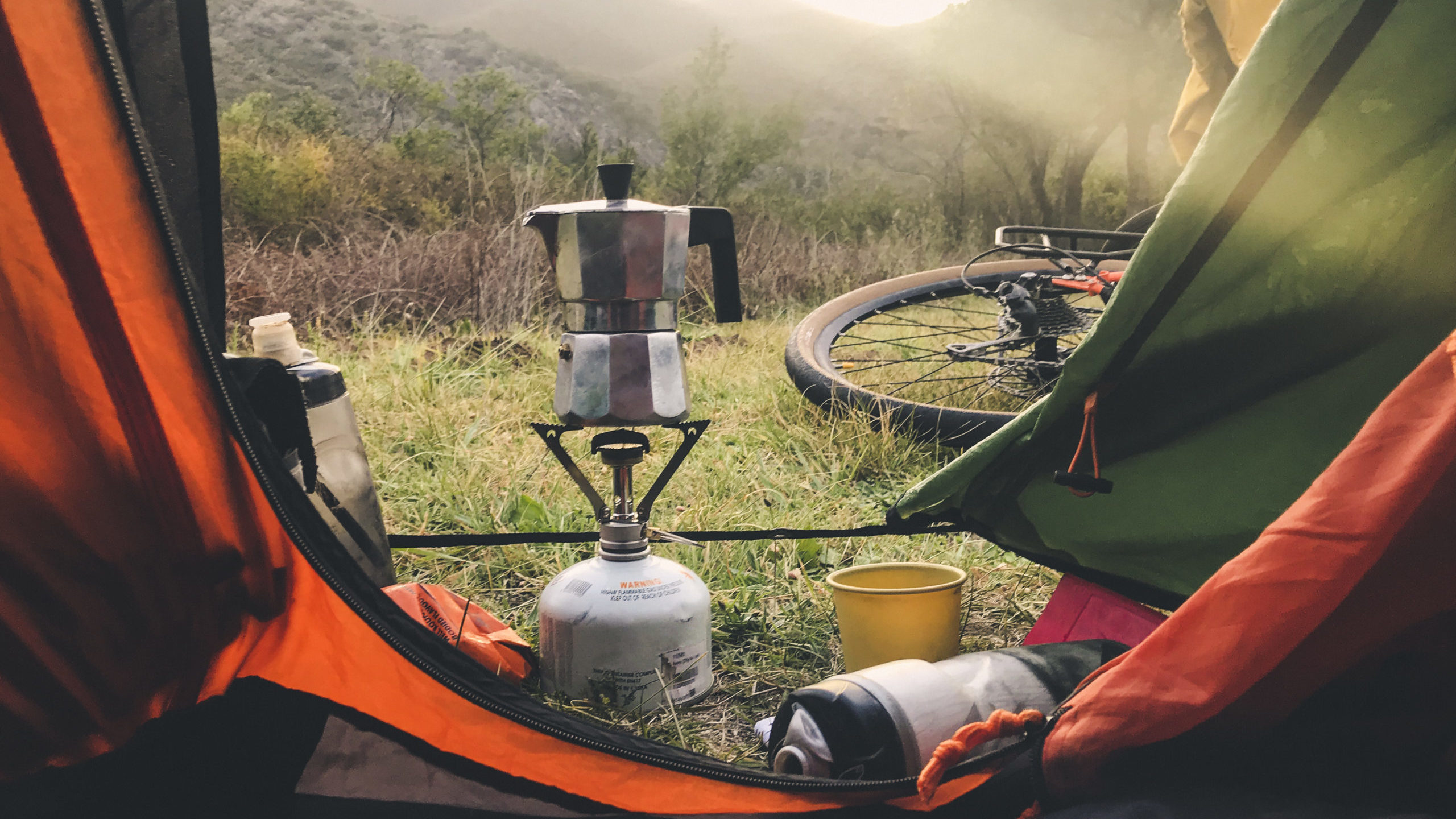
If you plan on heading out for a summer weekend camp-out, let us take one task off your hands by supplying you with the following packing list:
- Tent/trailer
- Sleeping bags
- Raincoat
- Hiking boots
- Headlamp
- Bicycles
- Kayak/paddleboard
- Camp stove
- Propane
- Cooler and ice packs
- Toys
- Transportation
- Tarps
- Tablecloths
- Durable and reusable plates and cutlery
- Backpacks
- Thermos
- Insect repellant
- Camera
What do these items have in common? They are all comprised of oil and gas and petrochemical products.
Everything down to the ethanol required to evenly distribute the ingredients of your mosquito repellant and the nylon in your hiking boots that keeps you dry out on the trails has been impacted by oil and gas and petrochemical products at some point along the value chain.
Whether you are a novice camper, or a lifelong adventure seeker, check out the materials listed below that are used in each of the items helping you make the most of your journey through the outdoors.
Synthetic fabrics
Most fibres used today are made from petroleum-based polymers, more commonly known as plastic. These fibres are turned into synthetic materials such as spandex, polyester, nylon.
Polyester and nylon are the first and second most-used manufactured fibres in apparel.
At your campsite, you will find nylon and polyester in your hiking boots, pants, tents, sleeping bags, chairs, tarps, tablecloths, backpacks and more.
Natural gas liquids (NGLs)
Propane, butane, and ethanol are hydrocarbons used in all sectors of the economy.
At your campsite, you will find these NGLs fueling your camp stove, powering the spray of insect repellant, and heating your trailer.
Plastic
The Chemistry Industry Association of Canada estimates 70,000 products used by Canadians every day are made from plastics. These items are made by refining natural gas and petroleum into polyethylene or polypropylene, the most common types of plastic, and both are produced in Canada.
Canada’s plastics industry is committed to making 100 per cent of plastic packaging recyclable or recoverable by 2030.
At your campsite, you will find plastics in your durable and reusable plates and cutlery, cameras, beach toys, kayaks, headlamps, coolers, and sunscreen containers.
As August heads into full swing, put some extra thought into what you’re packing on your trip to the mountains, badlands, or nearest lake. You may be surprised at just how much is made possible by oil and gas.
The unaltered reproduction of this content is free of charge with attribution to Canadian Energy Centre Ltd.